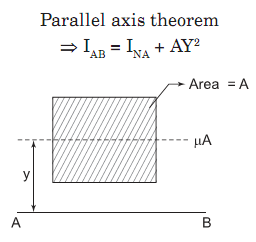Understanding Depreciation of Assets: Exploring Functional, Physical, and Contingent Depreciation
Introduction:
Depreciation is a crucial accounting concept that reflects the decrease in the value of an asset over time. This reduction in value is attributed to various factors such as wear and tear, obsolescence, or the passage of time. Businesses use depreciation to allocate the cost of an asset over its useful life, helping them accurately represent the true economic cost of using that asset. In this article, we will delve into the different types of depreciation, with a focus on functional, physical, and contingent depreciation.
Types of Depreciation:
1.Functional Depreciation:
Functional depreciation occurs when an asset's efficiency or functionality decreases over time. This type of depreciation is often associated with technological advancements or changes in market demand that render the asset less effective in fulfilling its intended purpose. For example, a computer system may experience functional depreciation as newer models with enhanced features become available, making the older system less efficient.
Businesses must regularly assess their assets for functional depreciation to make informed decisions about upgrades or replacements. Accurate evaluation of functional depreciation ensures that resources are allocated optimally, maintaining operational efficiency.
2.Physical Depreciation:
Physical depreciation is the most common and easily recognizable form of depreciation. It refers to the wear and tear that an asset experiences due to regular use and exposure to the elements. Physical depreciation affects tangible assets such as machinery, vehicles, and buildings. As these assets age, their physical condition deteriorates, leading to a decline in their market value.
Regular maintenance and repairs can mitigate physical depreciation to some extent, but it is inevitable over an asset's lifespan. Accounting for physical depreciation allows businesses to plan for the eventual replacement or major refurbishment of assets, ensuring continued productivity.
3.Contingent Depreciation:
Contingent depreciation is less straightforward and is associated with external factors that may impact an asset's value. This type of depreciation is contingent on events such as changes in market conditions, regulatory developments, or economic downturns. For instance, a company operating in an industry affected by rapid technological changes may experience contingent depreciation if its assets quickly become outdated.
Anticipating contingent depreciation requires a comprehensive understanding of the external factors influencing an industry or market. Businesses need to remain agile and adaptable to navigate contingent depreciation effectively, making strategic decisions to minimize its impact on asset values.
Conclusion:
Depreciation is a vital aspect of financial accounting that reflects the economic reality of asset usage over time. Functional, physical, and contingent depreciation represent different facets of the overall depreciation process, each requiring careful consideration by businesses. By understanding and accounting for these various forms of depreciation, organizations can make informed decisions about asset management, replacement strategies, and resource allocation, ensuring long-term financial sustainability.




































